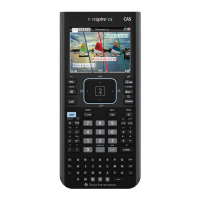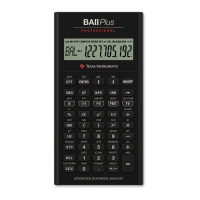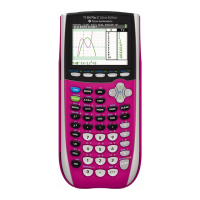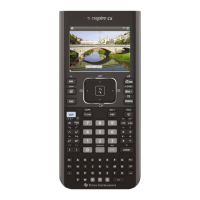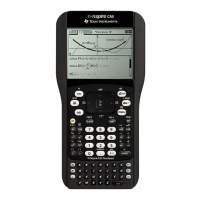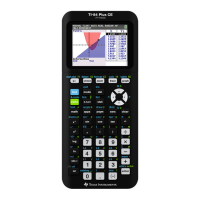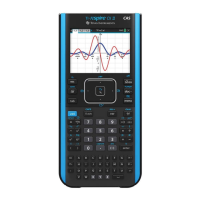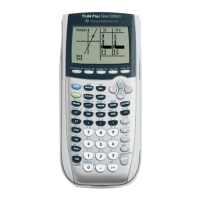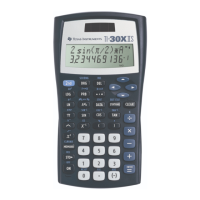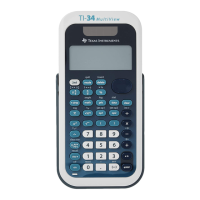50 CBLé System Guidebook
About CMD5—Data Range Setup
(Continued)
Data Select
This parameter lets you select which data to return to the calculator.
(Default:
0
)
0
1
2
3
4
5
Retrieve raw collected data (filtered if filter is on)
d/dt (filtered if filter is on)
d
/dt
(filtered if filter is on)
Raw collected data (ignore filter setting)
d/dt (ignore filter setting)
d
/dt
(ignore filter setting)
If filtering is selected in
CMD3
, options 3, 4, and 5 allow you to retrieve
unfiltered data, if desired. When one of these options is selected,
subsequent
GET(
,
GET
, or
Input “CBLGET”
instructions continue to
retrieve unfiltered data until Data Select is set to a value (0–2), which
retrieves filtered data.
Likewise, when Data Select is 0, 1, or 2, successive
GET(
,
GET
, or
Input
“CBLGET”
instructions cycle through raw collected data, d/dt, and
d
2
/dt
2
to retrieve filtered data to the calculator.
Note: To retrieve d/dt,
d
2
/dt
2
, or Statistics you must have also selected
d/dt,
d
2
/dt
2
, or Statistics post-processing in
CMD1
; otherwise, you will get
an E.53 error message (page 57).
Data Begin
This parameter lets you select the first sample number to return in a list
or matrix to a calculator. (Default:
1
)
1
–512 Starting sample number
Data End
This parameter selects the last sample number to return in a list or
matrix to a calculator. It must be greater than or equal to the parameter
selected for Data Begin. (If Data End is zero, the last sample is selected.)
(Default:
0
)
0
–512 Ending sample number
If no Data End is specified and the data set has more than 99 samples,
Data End is set to 99 for a list or 255 for a matrix.
If the number of elements is greater than 99 for a list or 255 for a matrix,
Data End is set to Data Begin plus 99 or 255.
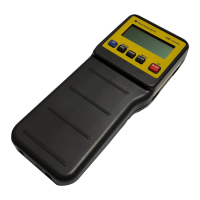
